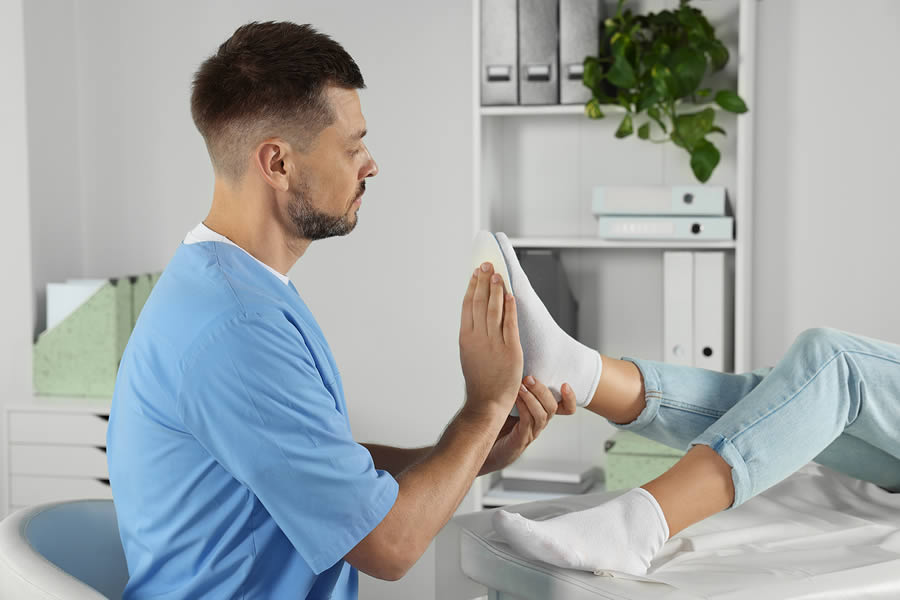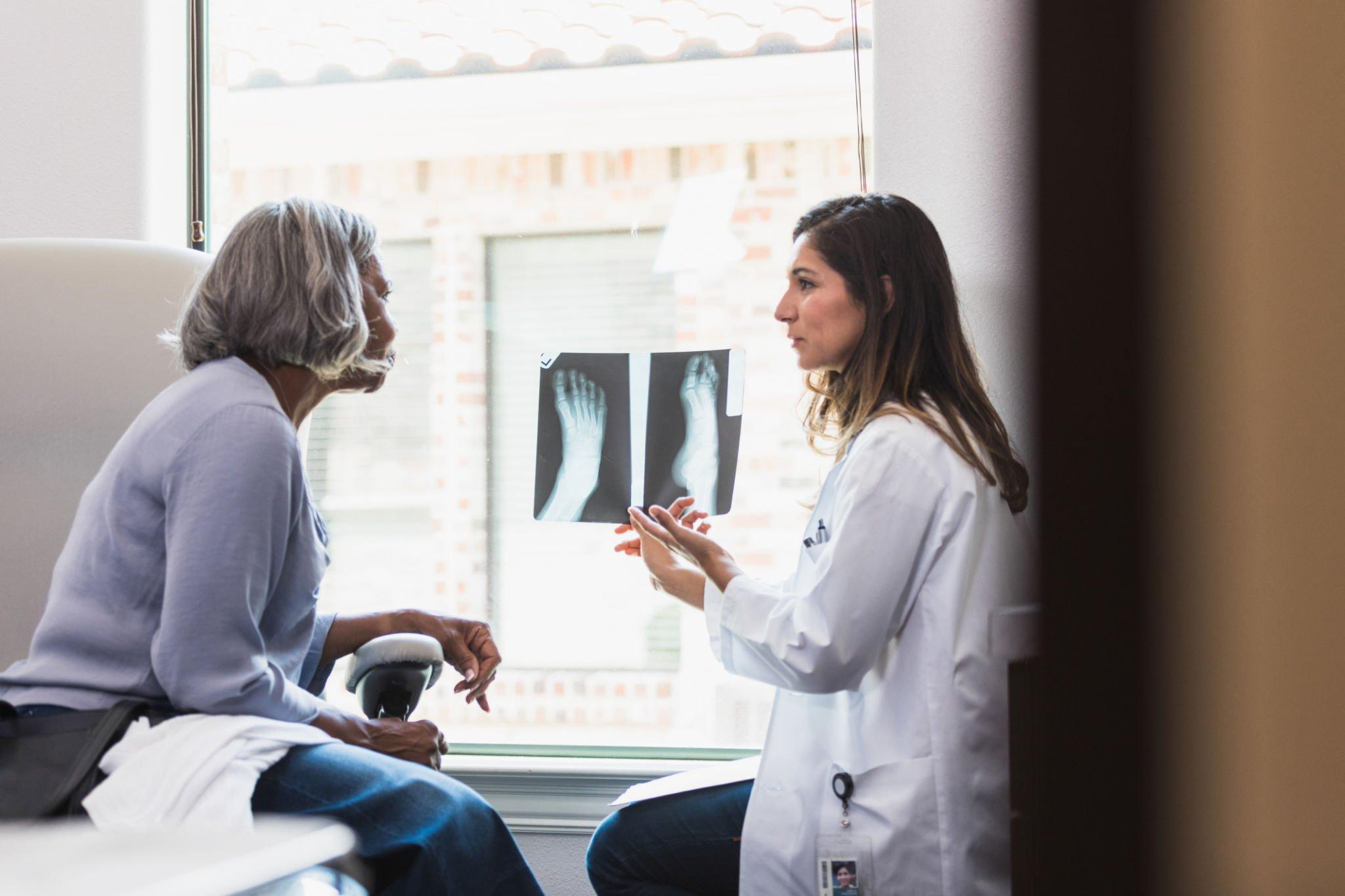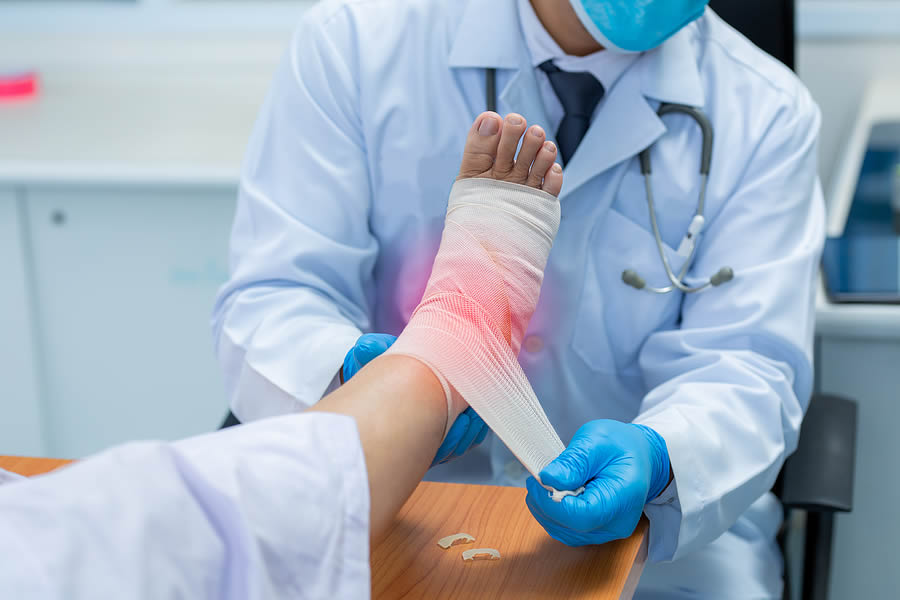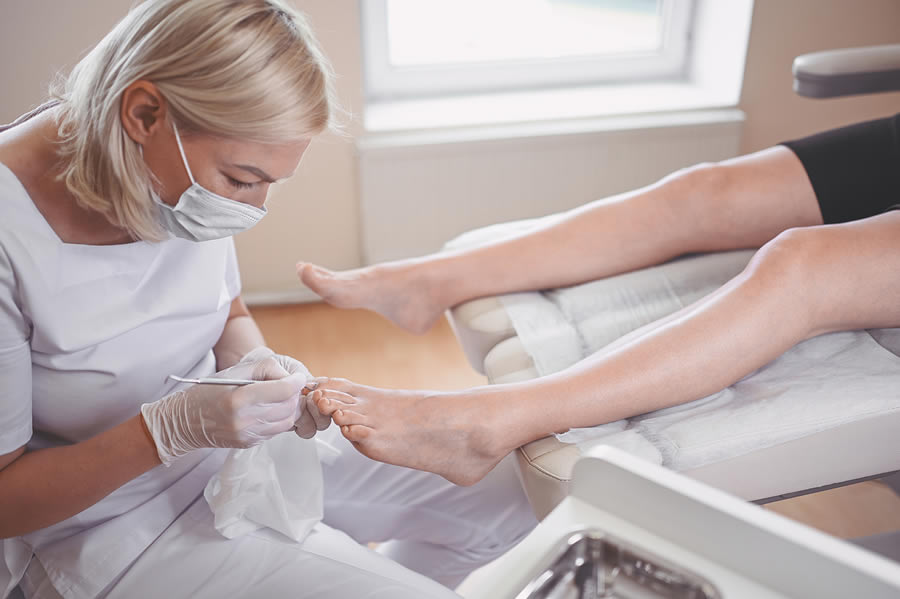
Not all feet are the same, and there are countless ailments and deformities that can affect feet and ankles at any age. A podiatrist is a doctor that specializes in the diagnoses and treatment of foot, ankle, and lower leg issues, and you can prevent serious complications by making an appointment with a podiatrist when you notice persistent or chronic pain and concerns. There are many tools at a podiatrist’s disposal, and orthotics is a common non-invasive solution for abnormal movement or shape of a foot. Call Podiatry Centers of Maryland to schedule a convenient appointment or visit one of our two locations to arrange a walk-in appointment as soon as possible.
Not everyone has perfect feet. In fact, many people have serious foot and ankle deformities, whether hereditary or caused, and are not aware. If you have persistent foot and ankle pain that no amount of rest seems to heal, then you may have underlying issues that experienced podiatrists or orthopedists can resolve.
While orthotics are often referred to as shoe inserts or arch supports, orthotics are specially designed and differ greatly from the off-shelf shoe inserts and arch supports that primarily focus on comfort.
Orthotics are custom-designed support structures constructed to correct biomechanical foot problems by altering the ground reaction force acting on the feet and sending sensory feedback to the brain to induce it to change movement. Orthotics can help fix how you walk, stand, and run. They can also help relieve foot and ankle pain associated with medical conditions like diabetes, plantar fasciitis, bursitis, and arthritis.
In short, an orthotic is a medically prescribed medical device custom-made for your feet. They can control the alignment and function of your foot to relieve chronic foot pain and prevent further complications.

Orthotics are custom designed by podiatrists and orthopedists to treat a number of foot conditions. Granted, orthotics are very rarely a standalone treatment. Your podiatrist or orthopedist will likely recommend a combination of footwear change, exercise, and/or medication depending on which condition you have. Still, here are common conditions treated with orthotics:
There is no set format to an orthotics appointment, and it will involve tests and evaluations specific to your situation. The doctor will consider your medical history and perform a physical assessment to check your muscle strength, range of motions, and joint integrity. It will also involve a gait assessment where the doctor will watch you walk and note how your feet, ankles, legs, and hips move. The podiatrist may also take 3D images of your feet and ankles to perform a thorough examination.

Orthotics are designed to treat a wide range of foot and ankle issues, but severe complications may require surgery. At Podiatry Centers of Maryland, all non-invasive or minimally invasive options will be exhausted before we recommend you to orthopedic surgeons however. Call us any time to get started on your consultation.

Wounds are injuries to the skin or tissues caused by physical damage, disease, or other injuries. Podiatrists are trained to diagnose, treat and manage…
Read More
At Podiatry Centers of Maryland, we provide comprehensive diabetic foot care for patients in Lanham and surrounding areas. Our goal is to treat our patients…
Read MoreYou may have noticed that babies usually have relatively flat feet, with a minimal or…
Read MoreA toe sprain can be a painful and immobilizing injury. This common foot injury happens…
Read MoreBecoming a podiatrist, or foot doctor, is a remarkable journey that offers a host…
Read More